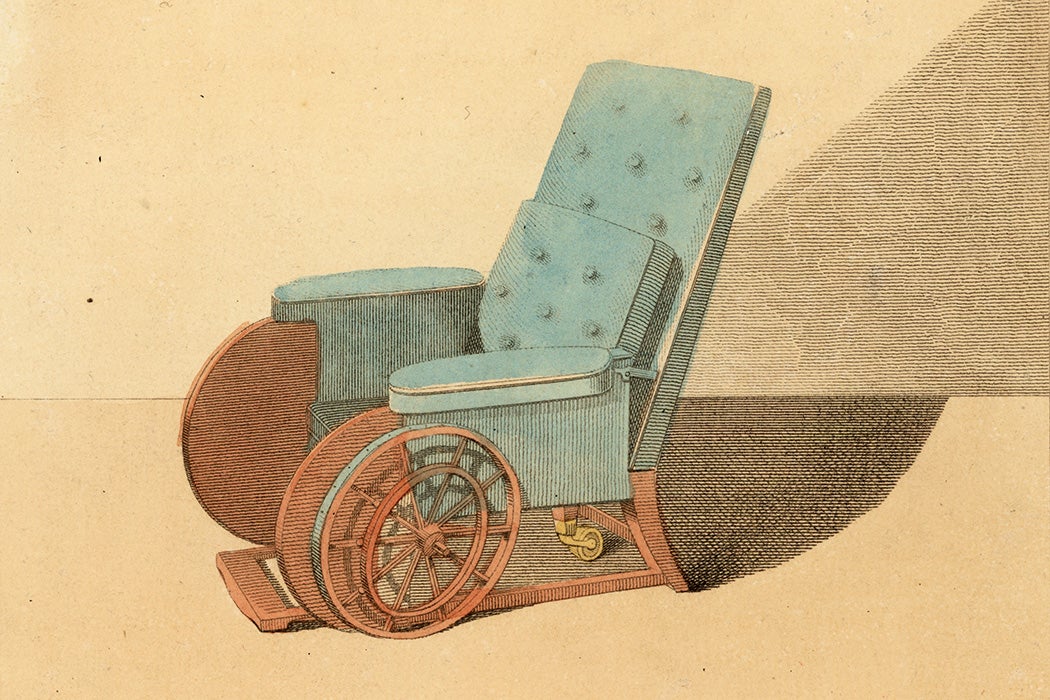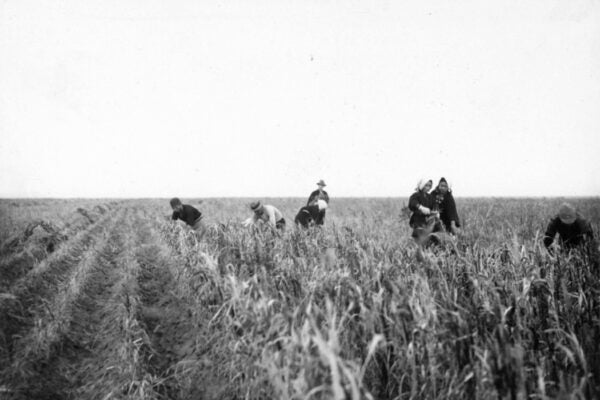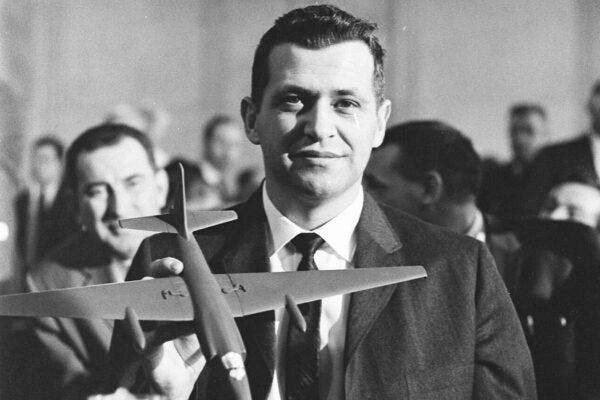Stigmas around disability run so deep that it can be hard to imagine what a society that fully included disabled people would look like. But it may be helpful to look at the way attitudes toward disability have shifted with social and economic change.
Until the late nineteenth century, historian Douglas C. Baynton writes, the words most often used to describe what we would now call disability were “infirmity” and “affliction.” But these terms did not cleanly separate the disabled from everyone else. Anyone might suffer the “infirmities of age” or an “infirmity of purpose.” And an “affliction” could be anything from poverty to grief at the death of a loved one.
Afflictions and infirmities were seen not just as ubiquitous but as divinely ordained. Speaking in 1818, Laurent Clerc, cofounder of the first school for the deaf in the United States, said that the deaf “cannot but thank God for having made us Deaf and Dumb, hoping that in the future world, the reason of this may be explained to us all.”
By the 1890s, things were changing. Industrialization and the growing popular understanding of evolution encouraged Americans to think of life in competitive terms. Career success was now a “race.” Human progress depended on personal and national “fitness.” The world was no longer shaped mainly by a divine plan but by human choice.
“Nearly any future became thinkable, but the hope placed in progress had as its constant companion the fear of decline,” Baynton writes.
In the preindustrial home-production system, everyone in a household contributed what they could. Now, wage work in the factory model privileged the efficient worker. Those who couldn’t keep pace became “burdens.”
Around this time, Baynton writes, “affliction” turned into “handicap.” That word comes from the English game hand-in-cap, in which a player who wins a round is intentionally burdened so that they face tougher odds in the next one. In the nineteenth century, this became a common metaphor. An 1897 newspaper ad advised readers not to “handicap your appearance by wearing a shabby looking out-of-date hat.” Educators began describing disabled people as “seriously handicapped in the race for life.” By the early twentieth century, there was a distinct category of people who could be called “the handicapped.”
Weekly Newsletter
Baynton notes that attitudes toward disability were closely tied to white supremacy. Increasingly, teachers at schools for the deaf forbade sign language, arguing that it “resembles the languages of the North American Indian and the Hottentot of South Africa,” as one nineteenth-century writer put it. Another writer described a deaf girl who began to speak aloud, experiencing an “elevation in the scale of being.”
Concern over those “handicapped in the race of life” led to widespread acceptance of eugenics as a route to social progress. The early twentieth century saw a wave of institutionalization, involuntary sterilization, immigration restrictions, and other attacks on the lives of disabled people. We look back on all that with horror now, but the ideas about disability that gave rise to those attacks are still very much alive.







